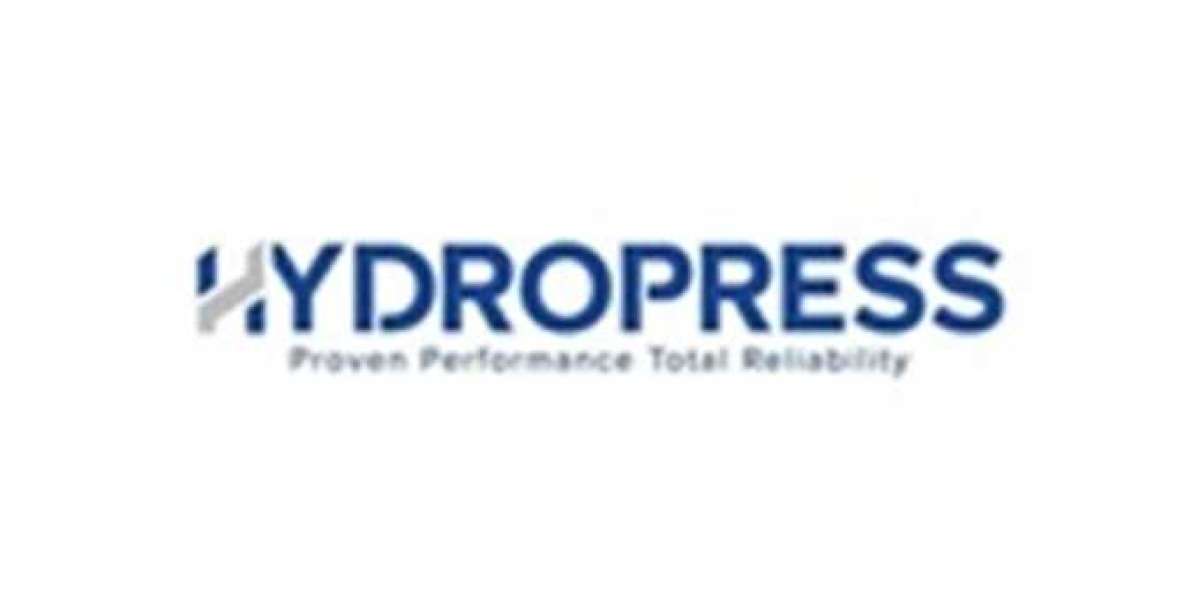Market Overview
Workplace safety encompasses a broad range of practices, technologies, and regulations designed to prevent accidents, injuries, and health hazards in the workplace. From personal protective equipment (PPE) and hazard detection systems to safety compliance software and training programs, the industry spans both physical and digital domains. Organizations are recognizing the importance of creating resilient safety cultures, not just to meet regulatory requirements but also to improve productivity, enhance employee morale, and reduce operational disruptions. This has given rise to integrated workplace compliance solutions that combine real-time data analytics, IoT-enabled safety devices, AI-powered risk assessment tools, and cloud-based compliance platforms.
According to the research report, the global workplace safety market was valued at USD 14.14 billion in 2022 and is expected to reach USD 42.96 billion by 2032, to grow at a CAGR of 11.8% during the forecast period.
Key Market Growth Drivers
- Stringent Occupational Safety Regulations
Governments worldwide are tightening occupational health standards through updated legislation and compliance audits. Regulations like OSHA (U.S.), ISO 45001 (global), and the EU’s Framework Directive on Safety and Health at Work have made it mandatory for businesses to implement structured safety protocols. Non-compliance often results in hefty penalties and legal liabilities, driving demand for automated workplace compliance solutions.
- Rise in Workplace Injuries and Accidents
Despite advancements, workplace injuries remain prevalent across sectors. The International Labour Organization (ILO) reports over 2.3 million work-related fatalities annually, making it a global concern. High-risk sectors such as mining, construction, and oil & gas are heavily investing in employee protection systems like wearable safety tech, gas leak detectors, and geofencing solutions to minimize incidents.
- Technological Advancements
Emerging technologies like AI, IoT, machine vision, robotics, and predictive analytics are revolutionizing industrial hazard management. Smart helmets, real-time air quality monitors, and behavior-based safety (BBS) platforms enable proactive risk identification and mitigation. Integration of AI with video surveillance systems to detect unsafe acts is becoming a trend across corporate and industrial facilities.
- Post-Pandemic Emphasis on Workplace Hygiene
The COVID-19 pandemic brought occupational health into sharper focus. Businesses are continuing to maintain high standards of cleanliness, ventilation, and personal safety, especially in healthcare and logistics. Touchless access systems, temperature scanning devices, and digital health compliance platforms are now standard elements of a robust workplace safety strategy.
Market Challenges
Despite its rapid growth, the workplace safety market faces several hurdles:
- High Initial Investment
Implementing modern employee protection systems and smart monitoring tools can be capital-intensive, particularly for small and medium-sized enterprises (SMEs). The cost of IoT integration, AI software, and continuous compliance upgrades can be prohibitive without external funding or subsidies.
- Resistance to Change
Many industries with traditional operational models face internal resistance to change, especially among older employees or management not well-versed in technology. Convincing stakeholders to adopt digital safety measures over manual or reactive approaches remains a challenge.
- Fragmented Standards Across Regions
The lack of standardized global occupational health standards creates confusion for multinational corporations. Varying laws across countries complicate the implementation of unified safety policies, forcing companies to customize solutions for each jurisdiction.
- Data Privacy Concerns
With the increased use of wearable devices and surveillance technologies, employee privacy is a growing concern. There is a fine line between safety and surveillance, and companies must ensure transparency and data protection compliance to maintain trust.
Browse Full Insights:
https://www.polarismarketresearch.com/industry-analysis/workplace-safety-market
Regional Analysis
North America
North America leads the global workplace safety market, primarily driven by robust OSHA enforcement, tech-savvy enterprises, and a culture of accountability. The U.S. is at the forefront of adopting AI-powered workplace compliance solutions and wearable tech for employee safety in sectors like oil & gas, construction, and healthcare. Canada is also making strides in promoting digital safety frameworks, especially in remote mining and forestry operations.
Europe
Europe holds a significant share due to strong regulatory frameworks like REACH and the EU Occupational Safety and Health Strategy. Germany, the UK, and France are leading in the adoption of smart factory safety technologies, including sensor-driven air quality monitoring and ergonomic workstations. The EU’s emphasis on worker well-being and sustainable development further fuels demand for integrated industrial hazard management platforms.
Asia-Pacific
The Asia-Pacific region is poised for the fastest growth, driven by industrialization, urbanization, and labor-intensive economies. China, India, and Japan are investing heavily in safety automation to address high incident rates in manufacturing and construction. Increasing public awareness and government campaigns are accelerating the deployment of employee protection systems, especially in urban infrastructure and logistics.
Latin America
Countries like Brazil and Mexico are witnessing a gradual shift toward workplace safety modernization. While infrastructure gaps and cost constraints exist, rising awareness around employee rights is pushing corporations to adopt digital safety training and monitoring systems. Mining and oil-rich regions are showing the highest adoption rates for hazard management technologies.
Middle East & Africa
In the Middle East, workplace safety is being driven by mega-infrastructure projects and oil industry demands. Saudi Arabia and the UAE are investing in predictive safety tools and regulatory compliance software. Africa, while still emerging, is seeing increased investment in sectors like mining, construction, and public infrastructure, backed by international aid and private investment in safety training programs.
Key Companies in the Workplace Safety Market
Several leading companies are shaping the global workplace safety landscape through innovation and strategic partnerships:
- 3M – Known for its comprehensive PPE solutions, safety eyewear, respiratory protection, and hearing protection equipment.
- Honeywell International Inc. – A leader in industrial safety technologies, including gas detection systems, wearable sensors, and software platforms.
- DuPont – Offers a wide range of protective clothing and materials used in hazardous environments.
- Ansell Ltd. – Specializes in hand protection and other personal protective equipment for various industries.
- MSA Safety Incorporated – Renowned for head protection, fall protection systems, and advanced fire safety tools.
These companies, among others, continue to shape the global narrative of workplace safety, combining R&D capabilities with a mission to create safer work environments.
Conclusion
The workplace safety market is no longer just a compliance checkbox—it has become a cornerstone of sustainable business practices and ethical corporate governance. The convergence of cutting-edge technologies, regulatory enforcement, and rising societal expectations is pushing companies to go beyond the minimum and foster a true culture of safety.
More Trending Latest Reports By Polaris Market Research:
Intelligent Building Automation Technologies Market








